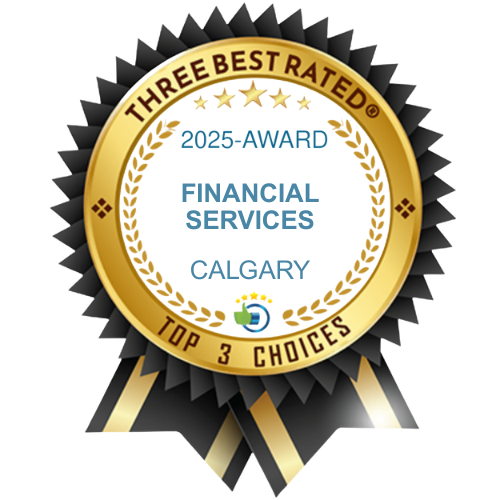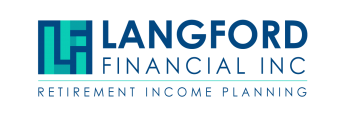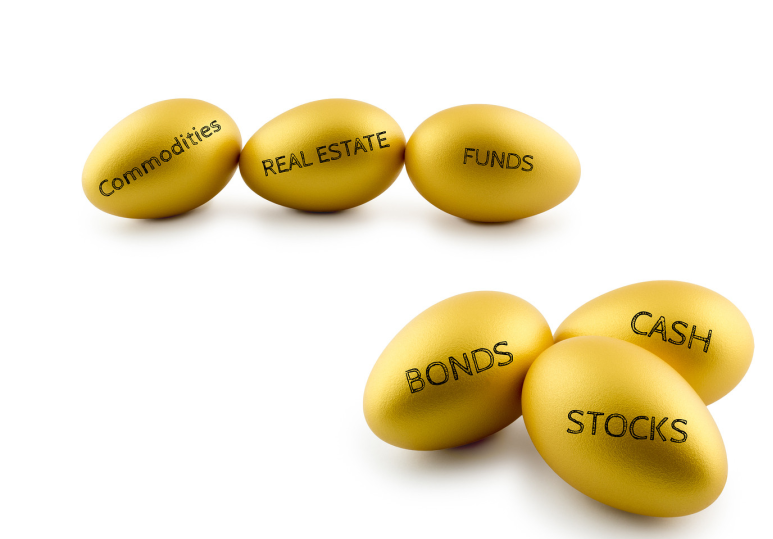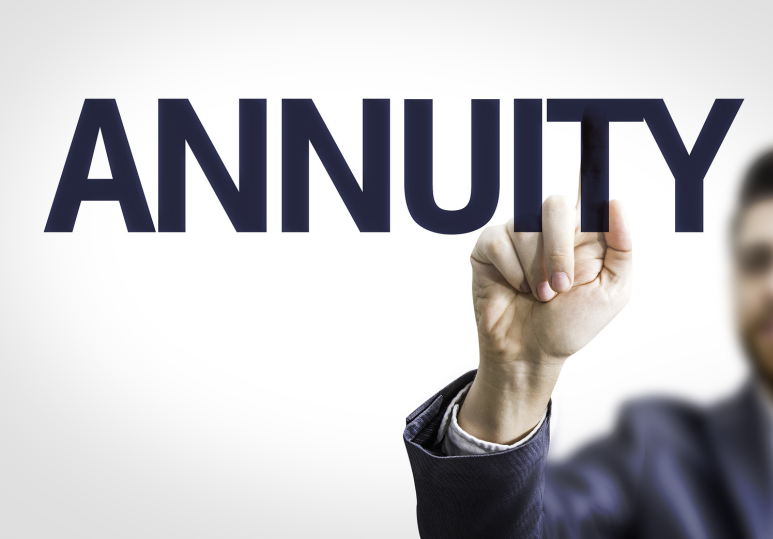Life comes with an element of risk that cannot be avoided.
Every time you leave your house you are exposed to a whole realm of risks. A risk of getting into an accident. Slipping and falling or being the victim of someone else's negligence.
There's a risk of trying to avoid risk by staying home. A sedentary lifestyle will result in all kinds of health problems. In this regard, trying to avoid one risk puts you in danger of another - you can't escape risk, but you can plan for it.
How do you manage risk in retirement?
Especially, when you consider how long it can take for a recovery to take place. If you hurt yourself it can mean losing precious time dealing with the health care system. If you take on undue risk in your portfolio it can mean stress and pain and also take a long time to recover.
Financial risk.
A single retired guy, in his mid 70's, called the other day saying he was in a bit of a financial pickle. He just didn't have much free cash flow left after he paid all of his bills. As we were talking, I was writing down his debts. Special assessment and fees on the condo, lines of credit, and then the killer - $700/bi-weekly for his new Jeep. That's over $1500/month for transportation. Before he adds in insurance and gasoline. Well, I said, there's your problem. Why did you do that? How much driving do you have to do in a year? I told him to return it and get out of that deal and he'll have lots of money to travel, eat out, and enjoy some fun activities. Or, he can sit at home eating a tin of beans and staring out the window at his new Jeep sitting in the driveway.
Investment risk.
Your risk appetite is different from your ability to handle risk. Let me explain.
You may be willing to take on more risk than you should. You understand that the higher your risk profile the higher the possible gains on your investments.
Low risk = low return; higher risk = higher returns.
So, maybe you have the appetite to take on that higher risk until the poop hits the fan. The poop will eventually hit the fan and when it does, you still need income to live on. Where's that income coming from if everything is down? This is what I mean by your ability to take on risks, which depends on the amount of savings you have and the various sources of income you have available.
This is where the whole "Sequence of Returns" becomes a huge factor. Put simply, if you keep drawing from a declining asset (RRSP, RRIF), eventually, the asset dries up. It's like drawing water from a well. You may be fine drawing water as long as it keeps raining, but if it doesn't rain for a long time, you are eventually going to run out of water. NO ONE WANTS TO RUN OUT OF WATER.
Consider two different couples.
Couple #1 has a combination of CPP, OAS, and a defined benefit pension with a total income of $100,000 and they have a portfolio worth $1 Million. They have the 'ability' to take on more risk, as they can weather a long downturn in the markets. Whether or not they have an appetite is another issue.
Now, look at couple #2. They also have a $1 Million portfolio, but no defined pension and they were hoping to defer their CPP & OAS to age 70 so that they will get a higher amount. Because they are dependent on their savings during the early years of retirement they cannot take on more risk than necessary, even though they may have the appetite for it.
How can you manage investment withdrawal risk?
There are 2 parts to a retirement portfolio and these are a must for everyone - a growth bucket and an income bucket. Let's say you have $500,000 in your RRSP, and in addition to other income sources like CPP & OAS, you need to draw down $25,000/year from the RRSP to meet your cash flow needs. You could allocate $75,000 of the account to an income, low-volatility fund that is still paying you something. It could be 4-5%/year, but it is consistent.
The other $425,000 can be allocated to a growth-focused investment that has the potential to produce better returns. This way, you always have a 3-year supply of income and if the markets are negative for an extended length of time you can keep drawing your income from the income bucket and leave the growth bucket alone. Why 3 years? Well, historically, that is the longest run of negative returns on any of the Canadian or US markets. The last time it happened was in 2001,2002, & 2003. As the growth side of your account is doing well, you can move over some of the money to the income bucket.
What do you put into the income bucket?
Where can you find investments that can produce sustainable, consistent, and low-volatility returns? That's the challenge. Traditionally, bonds would help you do that, but now, bonds have cratered. However, that trend may reverse course as the bear market ends and another bull cycle starts. We just don't know when.
Can you do it with dividend-paying stocks?
It's nice to get the 4-5% yield, but you have to sell the underlying stocks to generate the monthly, quarterly or annual income. Dividend-paying stocks are just as subject to market volatility as any other asset. They are most likely a better fit for your growth bucket. Alternatively, you could have just one bucket for all of your RRSP money and generate a dividend of 5%. The issue is you may never get any growth, dividends are not guaranteed, and dividend-paying stocks are just as volatile as any other public stocks.
Preferred shares.
Similar to the dividend payors. Subject to market fluctuations, and you may still need to sell the shares to generate income. They trade like stocks but behave like bonds.
Private pools.
These are offered by independent discretionary portfolio managers.
The reason these providers have become more popular is their ability to invest in things outside of the public markets. If you look at large pension funds like the CPP, Harvard endowment fund, Ontario Teacher's Pension, and many others, they have shifted away from the public markets of stocks and bonds and unto private investments like toll bridges & highways, infrastructure, industrial real estate, multi-family rentals, mortgage and debt financing and many other ideas. These types of investments are not subject to the constant fluctuations in the stock market where the valuations can change daily based on one tweet from Elon Musk.
At the end of the day, you want a consistent flow of cash to fund your lifestyle needs. This income needs to be sustainable, reliable, and consistent so that you can enjoy retirement with peace of mind and book your next vacation with confidence.
Travel risk.
If you want to travel outside of Canada, you will need some kind of emergency medical insurance in case you get sick or injured while away. The costs associated with emergency medical in another country could bankrupt you.
Ageing risk.
As you age, there are all kinds of risks. Illnesses that require long-term care. Almost everyone will need long-term care eventually. What if your spouse needs care, but you don't? How will you pay for the care that he needs and still pay for all of the expenses of living in your current home? Loss of independence.
The more time you have to plan ahead means you are able to make better choices. Sticking your head in the sand isn't the solution. Acknowledging that risks exist and having a plan in place gives you the highest probability of success.
Life is Short. Retire. Do What You Love.
Learn more about our planning process and how to book an appointment by clicking here.
Fee-Only Retirement Income, Investment, & Tax Planning,
Willis Langford BA, MA, CFP
Nancy Langford CRS







